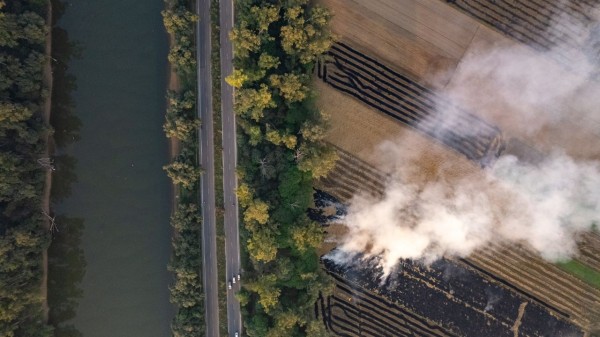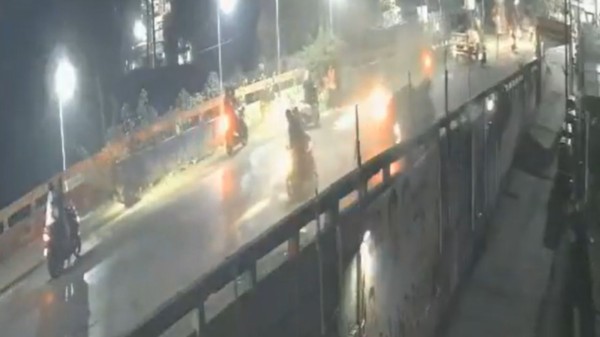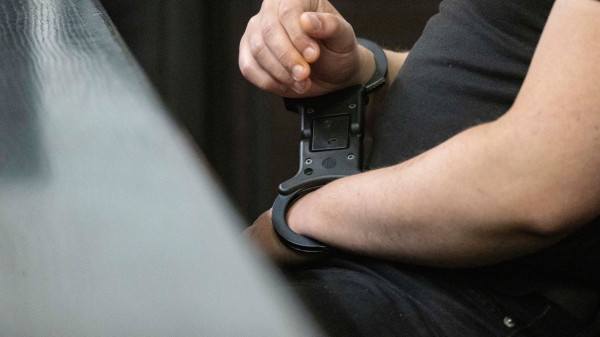

By signing in or creating an account, you agree with Associated Broadcasting Company's Terms & Conditions and Privacy Policy.


By signing in or creating an account, you agree with Associated Broadcasting Company's Terms & Conditions and Privacy Policy.

New Delhi: On Friday afternoon, an Indian Air Force Tejas fighter jet performed a spectacular aerobatic maneuver at the Dubai Air Show. Spectators were thrilled, but the plane appeared to lose balance and crashed, plummeting vertically downward. A plume of black smoke was seen rising from the scene after the accident. The Indian Air Force has confirmed the pilot's death, who has been identified as Wing Commander Namansh Syal.
This is the second crash involving the Tejas, despite its near-perfect safety record in 24 years of service. The accident occurred a day after the government dismissed viral claims of an "oil leak" in the Tejas Mk1.
According to sources, the pilots were performing a maneuver called a barrel roll. This involves the plane rotating completely on its axis, first upside down, then completing a full rotation and returning to its upright position. This maneuver is not considered very complicated, but it does involve the pilot being in the opposite direction for a few moments.
On Friday, the Tejas aircraft was attempting a precise loop by first climbing up and then turning upside down. After that, it was supposed to descend and then rise again. But in the final stage, the plane failed to lift off.
There are two possibilities behind this:
1. The plane was too close to the ground, preventing it from gaining the altitude to complete the maneuver.
2. The speed may have dropped, causing the plane to lose power to climb back up and fall straight down.
3. Engine flameout (sudden shutdown of the engine) could also be a reason, although this has not been officially confirmed yet.
Tejas is manufactured by Hindustan Aeronautics Limited (HAL) in Bengaluru. It is India's first indigenous fighter aircraft. However, its engine is from the American company General Electric (GE). The Air Force relies heavily on the Tejas, especially after the retirement of the MiG-21 fleet. The IAF is investigating the accident. Defense experts believe that even a minor error during such a high-speed maneuver could be fatal.












